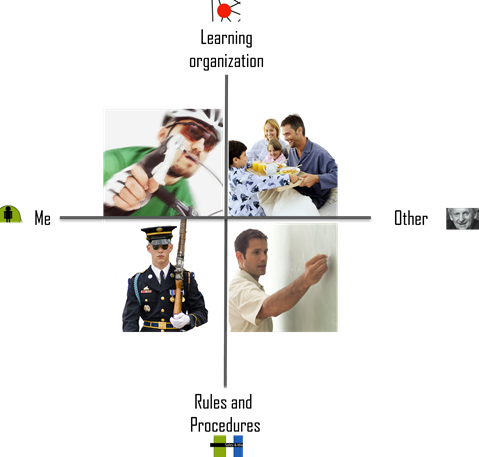The origin
Once upon a time...
To better understand the value of the LQS, you must know the story behind it.
Below you can follow step by step how I came to my vision on leadership and the Leadership Quick Scan.

One for all and all for one
As a university student (KU Leuven, Belgium), I became acquainted with the philosophy of Emmanuel Levinas. Levinas said that every man essentially is selfish and acts as such. But there are several "selves," and therefore, a balance must be sought in the selfishness of all parties. In the end, everyone has a personal responsibility towards the other.
I could find myself in this theory and developed my philosophy: Everyone is personally responsible for the other. In my opinion, this was the recipe to be a successful leader.
But was it indeed...?
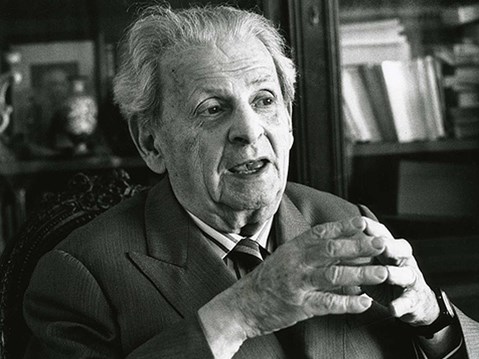
Why that son of a bitch is he so successful?
After I graduated – cum laude -, I started working as HR Manager. Thus, I came face to face with reality. But, unfortunately, the fact was quite often the opposite of what I understood by a good leader. The biggest creeps who only thought of their success and guided their employees and workers in a high-handed manner also proved successful. Nevertheless, they were considered good leaders, and the board was also satisfied.
Could it be that there was not one single formula to be a successful leader? That there existed several styles to get ahead and be successful? And those styles can be juxtaposed, or is it so that one type is better for a particular organization?
How many styles are there? I found a possible answer during my MBA at the Vlerick Management School. There, I also learned about third-generation management and the perception of the ideal manager in the past century.

I think, therefore, YOU work!
The Industrial Revolution was a time of wealthy men who could afford to buy the new steam engines to equip their factories. A lot of people were needed to operate those machines. The boss was the only one who had money, the only one who was schooled, and therefore the only one who had power. His word was law, and authority was everything. The principle that prevailed was "command & control." The thinking was the boss's right, and the workers followed without hesitation.
The customer wasn't taken into account either. The idea could be described as follows: the boss has something, something is being manufactured, and there will surely be enough potential outlets. And often, that indeed was the case. So, Henry Ford could afford to sell only black Ford T's...
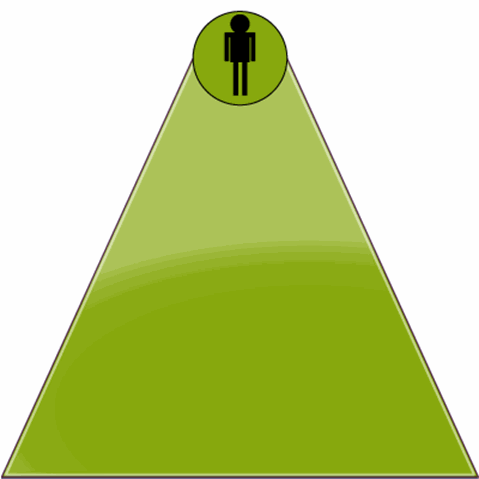
The discovery of the century: customers actually exist!
Didn't customers exist before? Sure they did, but the organization determined what the customer wanted... After all, the market was confined. But after some time, things changed...
More and more manufacturers focused on the outside world. So, it was noticed that customers loved the diversity. Not everyone wants to have the same car in his driveway as his neighbor... So, an external focus was developed, which was the marketing department's task. The result was those car manufacturers, e.g., were now offering several models in different colors. In that way, the demand of the individual customer was satisfied.
Matrix organizations became the standard. No… for sure, Neo, Agent Smith, and other characters from the movie have nothing to do with it. Here, I'm referring to a matrix of responsibilities. There is management that focuses on a product, and there is management that focuses on the internal company operation.
Who wishes to make a profit? Everyone does! To optimize yields and quality and to have smooth cooperation between all these departments, numerous rules and procedures are introduced. Authority no longer comes from one person, but finds its starting point in a set of rules.
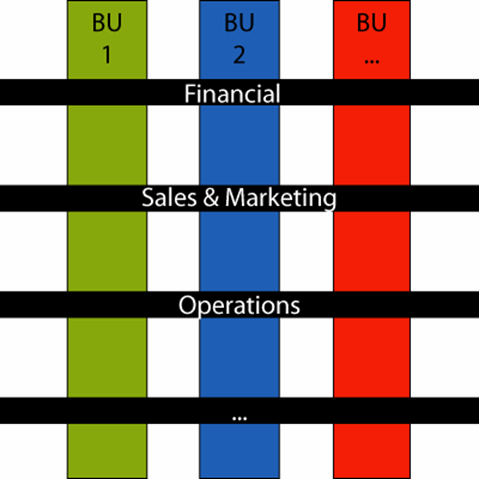
Surprise!
What do you do if all your competitors have a similar product that isn't better or worse than your product?
Well, you surprise your customers, you make sure that that you excel in service and that you're ahead of the competition by learning at high speed. So from now on, a successful organization is an organization that is fast and flexible.
Rules, procedures, flexibility,... Which word does not belong here? You get it, to be quick and flexible, the plethora of rules must go. But then, the matrix doesn't function any longer. To be quick, each responsible must be able to make a decision, simply without having to drum up everyone else.
And, it was done accordingly: the management was divided into independent cells with one coach who assures that people aren't at cross-purposes or act contradictorily.
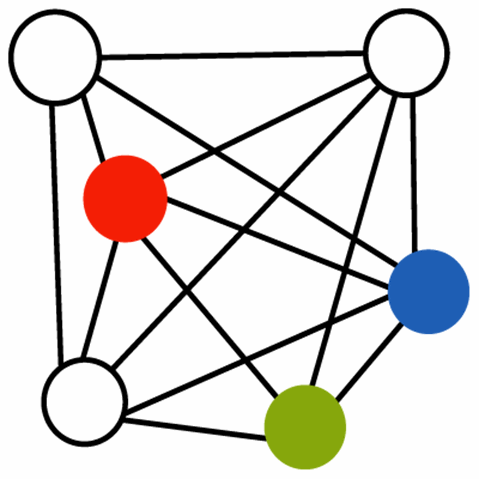
In search of the four leaf clover
Generation Management, what's in it?
By studying management history, the penny dropped. I discovered different styles of management throughout several generations, and I also saw that it worked well for the stage in which the companies actually are. I clearly saw three dimensions, and, one day, I placed these dimensions in a grid to gain a better insight into them.
On the one hand, you had the rules and procedures that were diametrically opposed to the learning organization, and on the other hand, you had the first person. While learning, I visualized each of the items in a grid.
But, in my opinion, something was missing.

Eureka!
Do you remember my philosophy? About responsibility for the other? That's what was missing. By completing this item on the rose, I finally got a good picture of the four dimensions. I realized that I could assign a specific type of leader to each of the dimensions.
In the end, I selected the following four types: the officer, the athlete, the parent, and the teacher.
Which type is the best? I realized that each type of leader could be successful at the right time. And by the right time, I mean the stage in which a company is at a particular moment.
I put all these new inspirations, knowledge, and visions in a test, the Leadership Quick Scan, by means of which everyone can determine what type of leader he is.
But it didn't stop there. I wanted to allow everyone to gain greater self-knowledge and to know what to do with all this knowledge. Hence, the Leadership Quick Scan also registers competencies and gives you a clear plan of weaving with that information.
As you can see, the Leadership Quick Scan results from a long, well-considered process of learning and thinking. So, you can now turn the marriage between technology and my years of experience in HR to advantage and do the Leadership Quick Scan! My four-leaf clover will undoubtedly also become your bringer of professional success.
